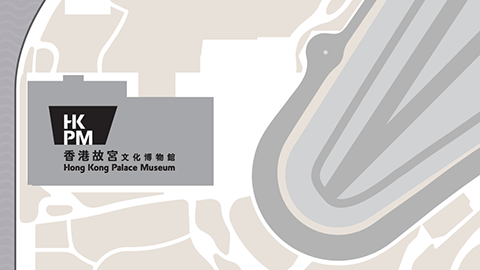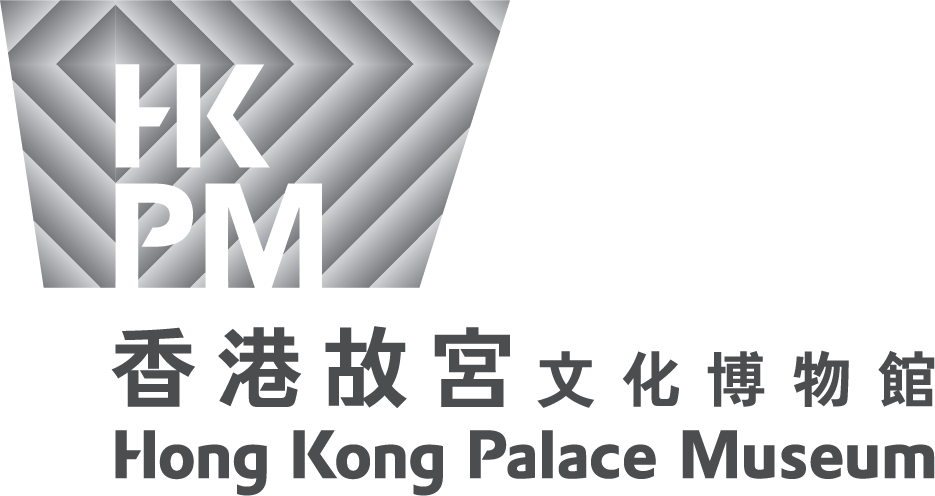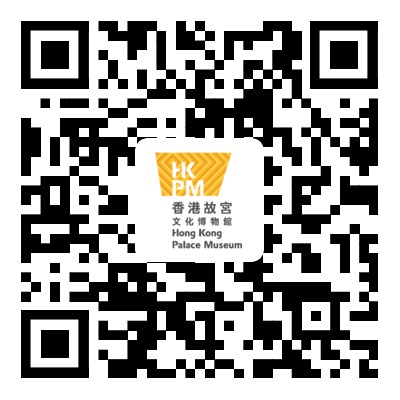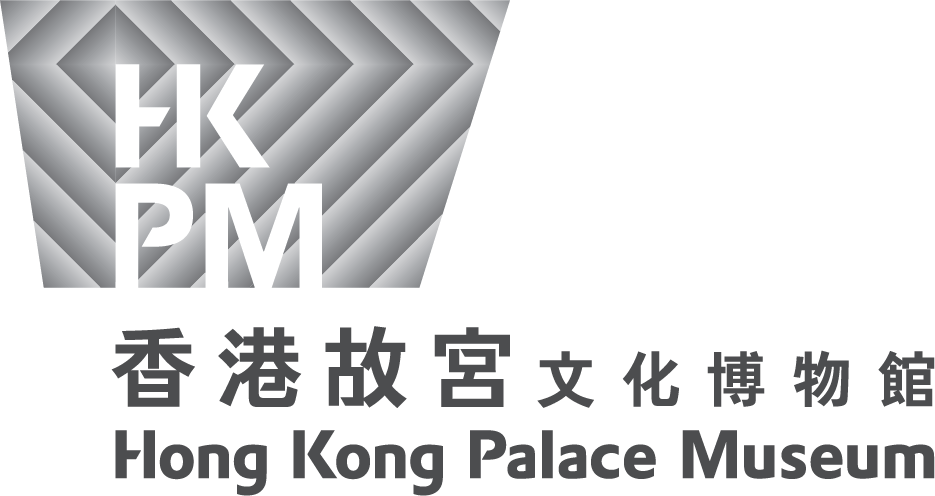The Hong Kong Palace Museum (HKPM or the Museum) and the Supreme Council of Antiquities (SCA) of Egypt signed an exhibition agreement today to launch the special exhibition “Ancient Egypt Unveiled: Treasures from Egyptian Museums” in mid-November 2025. The special exhibition, which will run for an unprecedented nine and a half months, brings together 250 exquisite treasures from seven major museums in Egypt, including the Egyptian Museum in Cairo, the Luxor Museum of the Ancient Egyptian Art, the Suez National Museum, and the Sohag National Museum. Recent significant archaeological discoveries from the Saqqara, the vast necropolis of the ancient capital Memphis located south of Cairo, will also be exhibited, offering visitors a glimpse into the mysteries of Egypt’s magnificent ancient civilisation. The Museum will also present a group of ancient Chinese objects to foster dialogue and exchange with their Egyptian counterparts, highlighting the parallel development and achievements of two of the world’s greatest ancient civilisations.
The signing ceremony was held at the HKPM today, and was attended by Dr Mohamed Ismail Khaled, Secretary-General, Supreme Council of Antiquities (SCA), Egypt; Baher Sheweikhi, Consul-General, Consulate General of Egypt in Hong Kong, China; Betty Fung, Chief Executive Officer of the West Kowloon Cultural District Authority (WKCDA); Sherief Malaty, Deputy Consul-General, Consulate General of Egypt in Hong Kong, China; Dr Louis Ng, Museum Director of the HKPM; Joyce Ho, Chief Corporate Development Officer of the WKCDA; Moamen Mohamed Othman Abdeighany, Head of Museums Sector, SCA, Ministry of Tourism and Antiquities (MoTA), Egypt; Mohamed Aly Ashraf Abdelmaguid Aly, Legal Advisor to the MoTA, Egypt; Osama Ibrahim Abdelfatah Atia, Specialist in the Marketing Section at the Egyptian Tourism Authority; Dr Daisy Wang, Deputy Director, Curatorial, Collection and Programming of the HKPM, and Brian Yuen, Deputy Director, Museum Operations of the HKPM.
The exhibition agreement was signed by Dr Mohamed Ismail Khaled, Secretary-General of the SCA, and Dr Louis Ng, Museum Director of the HKPM, and witnessed by Baher Sheweikhi, Consul-General, Consulate General of Egypt in Hong Kong, China, Betty Fung, Chief Executive Officer of the WKCDA, Joyce Ho, Chief Corporate Development Officer of the WKCDA, Moamen Mohamed Othman Abdeighany, Head of Museums Sector, SCA, Egypt, Mohamed Aly Ashraf Abdelmaguid Aly, Legal Advisor to the MoTA, Egypt, and Brian Yuen, Deputy Director, Museum Operations of the HKPM.
On view from 20 November 2025 to 31 August 2026 at the HKPM, the special exhibition “Ancient Egypt Unveiled: Treasures from Egyptian Museums” marks a significant milestone as the second direct collaboration between the SCA and an Asian museum, following the critically acclaimed exhibition “On Top of the Pyramid: The Civilisation of Ancient Egypt” at the Shanghai Museum. The collaboration with SCA underscores the prominent roles of both HKPM and the Shanghai Museum as global museums in Asia with their strong commitment to advancing international cultural initiatives and dialogues among world civilisations. Coinciding with the 70th anniversary of the establishment of diplomatic relations between China and Egypt in 2026, the exhibition at HKPM showcases the fruitful outcome of the cross-cultural exchange and collaboration between the two nations.
Featuring spectacular treasures from seven major Egyptian museums alongside the latest archaeological discoveries from Saqqara
“Ancient Egypt Unveiled: Treasures from Egyptian Museums” is one of the HKPM’s blockbuster exhibitions this year, featuring the largest, most comprehensive, and longest�running display of ancient Egyptian treasures in Hong Kong. The exhibition features an extraordinary collection of 250 precious artefacts, including statues of pharaohs and deities, stone sculptures in relief, stelae, gold ornaments, large-scale coffins, animal mummies, and more created about 7,300 to 2,000 years ago, spanning over 5,000 years of history. The objects come from seven prominent museums in Egypt, including the Egyptian Museum in Cairo, the Luxor Museum of the Ancient Egyptian Art, the Suez National Museum, the Sohag National Museum, as well as recent archaeological discoveries from the Saqqara. All artefacts are displayed in Hong Kong for the first time and many of them are exhibited outside Egypt for the first time, which makes this exhibition a must-see for our visitors.
The exhibition is divided into four sections: “The Land of the Pharaohs”, “The Legend of Tutankhamun”, “The Secrets of Saqqara”, and “Ancient Egypt and the World”. The first section introduces the history of ancient Egyptian civilisation with a focus on themes such as the convergence of royal and religious power, the spiritual world, life and afterlife. The second and third sections unveil the earth-shattering archaeological discoveries associated with the famed pharaoh Tutankhamun (r. about 1332–1323 BCE) and the Saqqara, where worshipping cats and other animals was widely practiced. The last section explores cultural interactions and dialogues between ancient Egypt and other world civilisations. With an innovative curatorial approach and cutting-edge digital technologies, the HKPM aims to bring to life the magnificent treasures and unlock the mysteries of ancient Egyptian civilisation.
Highlighted exhibits include:
- Colossal statue of Tutankhamun: Over 2.8 metres in height, this monumental stone statue depicts the legendary boy pharaoh Tutankhamun. Ascending the throne at nine years of age during a period of great upheaval, Tutankhamun made important decisions that reshaped the Egyptian history: reversing his father Akhenaten’s (r. about 1353–1336 BCE) monotheistic religious reforms to restore Egypt’s traditional polytheistic beliefs. His sudden death at the age of eighteen and subsequent erasure from official records by his successor Horemheb (r. about 1319–1292 BCE) left him forgotten until 1922 when the discovery of his tomb, filled with thousands of priceless treasures, captivated the world and transformed this long-forgotten pharaoh into ancient Egypt’s most renowned ruler after more than three millennia.
- Seated statue of a scribe: The profession of scribe belonged to a minority in ancient Egyptian society who could read and write. During the Old Kingdom (2686–2160 BCE), the literacy rate was likely under 1% of the population. Scribes studied arithmetic, geometry, and religious knowledge, applying their skills in service to the state. They worked across all levels of bureaucracy, drafting legal documents, archiving correspondence, copying religious texts, and recording the king’s achievements while also organising censuses, land surveys, tax collection, construction projects, mining expeditions, commercial trade, and military campaigns.
- Statue of Bastet holding a sistrum: The goddess Bastet often appears with a cat’s head on a human body or directly in the form of a cat. Her worship dated back to the Early Dynastic Period (about 3000–2686 BCE). Initially viewed as a war goddess symbolising ferocity, ruthlessness, and military power, Bastet gradually merged with Sekhmet, the Upper Egyptian goddess who presided over warfare and the protection of soldiers. As the daughter of the sun god Ra, she fiercely defended ancient Egypt from foreign invaders. Her image gradually shifted toward that of a guardian. By the Middle and New Kingdoms, Bastet was commonly depicted as a gentle domestic cat and became more associated with motherhood, family, and protection, while also embodying diverse roles, such as music, dance, and beauty.
- Cat mummy: Cats held a special place in ancient Egyptian society—revered as hunting companions, cherished as household pets, and worshipped as embodiments of the goddess Bastet, the tutelary deity of home. As sacred animals, cats were bred in large numbers, mummified, and offered to Bastet to seek her blessings. The Saqqara Necropolis was a major centre for feline worship in ancient Egypt, as evidenced by the Temple of Bastet and an expansive cat cemetery containing hundreds of thousands of cat mummies.
- Seated statue of Anubis: Anubis was among the earliest funerary deities in ancient Egypt, presiding over mummification and the “Opening of the Mouth” ritual, while also playing a crucial role in underworld judgement. Anubis usually appears in a distinctive canine form, resembling either a jackal or a fox. As canines roamed the fringe of the desert and often scavenged corpses, the ancient Egyptians regarded them as guardians of the dead.
- Statue of hippopotamus: The hippopotamus had a dual significance in ancient Egypt—representing chaos and destruction but also fertility and rebirth. Ancient Egyptians placed hippopotamus statues in tombs to help the deceased navigate the perils of the underworld toward eternal life. This statue, excavated from a royal scribe’s tomb, features a precious turquoise blue faience glazing that resembles the shimmer of the Nile River. Its back was adorned with images of papyrus, lotus flowers, and waterfowl associated with the river, which was vital to ancient Egyptian civilisation.
- Colossal statue of Akhenaten: Akhenaten is the most controversial ruler in ancient Egyptian history, known for promoting religious reforms centred on the solar deity Aten, the sun disk. The radical nature of these reforms was also reflected in the innovation and transformation of artistic styles. Shortly after his death, his monuments were dismantled, his statues destroyed, and his name excluded from royal inscriptions and king lists. It was not until the early 1820s, with the decipherment of hieroglyphs, that Akhenaten’s name was rediscovered. Together with his wife Nefertiti and the solar disk, Akhenaten became the cosmic centre, profoundly altering the themes and styles of Egyptian art. The features of this colossal statue are starkly different from the traditional heroic ideal of a pharaoh.
Dr Mohamed Ismail Khaled, Secretary-General of the Supreme Council of Antiquities, Egypt, said, “We are proud to collaborate with the Hong Kong Palace Museum to present the exhibition ‘Ancient Egypt Unveiled: Treasures from the Egyptian Museums’, which offers a unique window into one of the world’s most iconic civilisations. Through a carefully curated selection of 250 artifacts, we aim to share the richness, mystery, and enduring legacy of ancient Egypt with the people of Hong Kong and beyond. This exhibition not only celebrates our shared passion for heritage but also reflects the growing cultural ties and mutual respect between Egypt and China, in addition to our ongoing commitment to cultural exchange and international cooperation. Significantly, the exhibition will be held in conjunction with the 70th anniversary of the establishment of diplomatic relations between our two nations in the year 2026, a milestone that highlights decades of long-standing and impactful partnership and friendship. We view the collaboration with the HKPM as a meaningful step toward deepening the historical and cultural relationship between our two countries, and we are confident that it will foster greater understanding and inspire curiosity, appreciation, and dialogue across borders and generations.”
Betty Fung, Chief Executive Officer of the WKCDA, said, “China and Egypt stand as two of the world’s most ancient civilisations with a profound and enduring cultural legacy. The Hong Kong Palace Museum is honoured to partner with the Supreme Council of Antiquities of Egypt to present ‘Ancient Egypt Unveiled: Treasures from Egyptian Museums’. This landmark exhibition not only provides a unique opportunity to showcase ancient Egypt’s cultural wonders to both local and international audiences but also serves as a significant milestone in Sino-Egyptian cultural exchange, embodying our museum’s commitment to fostering dialogue among world civilisations. This exhibition also celebrates the highly significant exchanges and collaboration between China and Egypt in Egyptian archaeology and preservation of cultural heritage.”
Ticketing details of the special exhibition “Ancient Egypt Unveiled: Treasures from Egyptian Museums” will be announced in August 2025. To complement the special exhibition, the HKPM will present a series of public and educational programmes, including performances, lectures, and workshops. Additionally, the Museum will develop original exhibition merchandise and souvenirs, as well as create immersive experiences bringing the wonders of ancient Egypt to life. Details of these activities will be announced in due course.
Remarks
About the Hong Kong Palace Museum
Through innovative curatorial approaches, the Hong Kong Palace Museum presents priceless treasures from The Palace Museum along with the finest collections from other world-�renowned institutions. The Museum is also in the process of building its own world-class collection. Opened in 2022, the Museum is a leading institution for the study and appreciation of Chinese art and culture and the promotion of dialogue among world civilisations. The Museum is a collaborative project between the West Kowloon Cultural District Authority and The Palace Museum. The Hong Kong Jockey Club Charities Trust made a donation of HK$3.5 billion for its establishment, as well as some of the annual exhibitions and education programmes in 2023–2031.
Through research, exhibitions, publications, and educational and professional exchange programmes, the Museum builds international partnerships and positions Hong Kong as a global hub for art and culture. A resource that belongs to the local community, the Museum inspires community engagement, fosters dialogue, and promotes creativity and interdisciplinary collaboration.
About the West Kowloon Cultural District (WestK)
WestK is one of the largest and most ambitious cultural hubs in the world and Hong Kong’s new cultural tourism landmark, spanning 40 hectares alongside Victoria Harbour. WestK comprises a mix of landmark arts and cultural facilities, including world-class museums M+ and the Hong Kong Palace Museum, intricately designed performing arts venues the Xiqu Centre and Freespace, the 11-hectare Art Park with a waterfront promenade, and the upcoming WestK Performing Arts Centre.
Hosting over 1,000 exhibitions, performances, programmes, and events each year, WestK provides a vital platform for both emerging and established artists. WestK welcomes more than 10 million visitors each year, evolving as the international cultural brand of Hong Kong and strengthening the city’s strategic role as an East-meets-West centre for international cultural exchange.
https://www.westk.hk










-1753153875.png)

